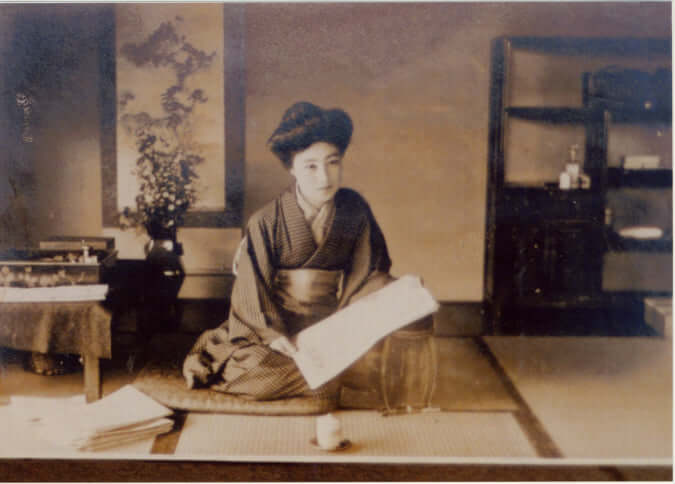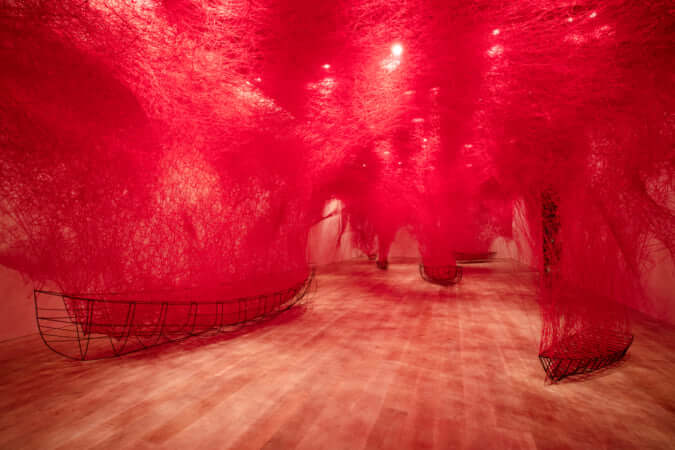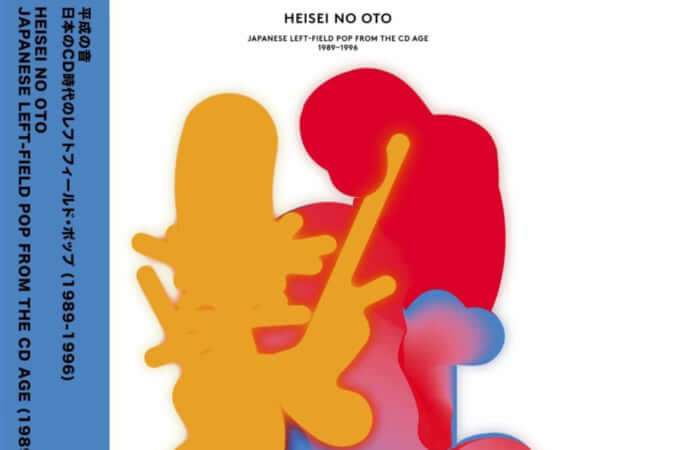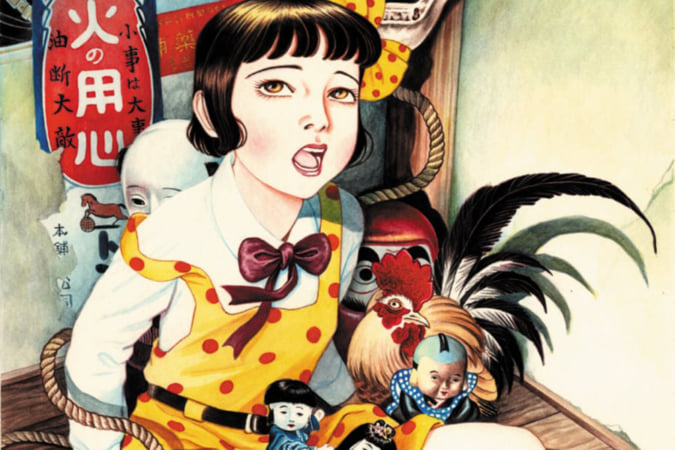Ujicha, the Master of ‘Gekimation’
This filmmaker is the first to have created a feature film inspired by traditional travelling paper theatre, ‘kamishibai.’
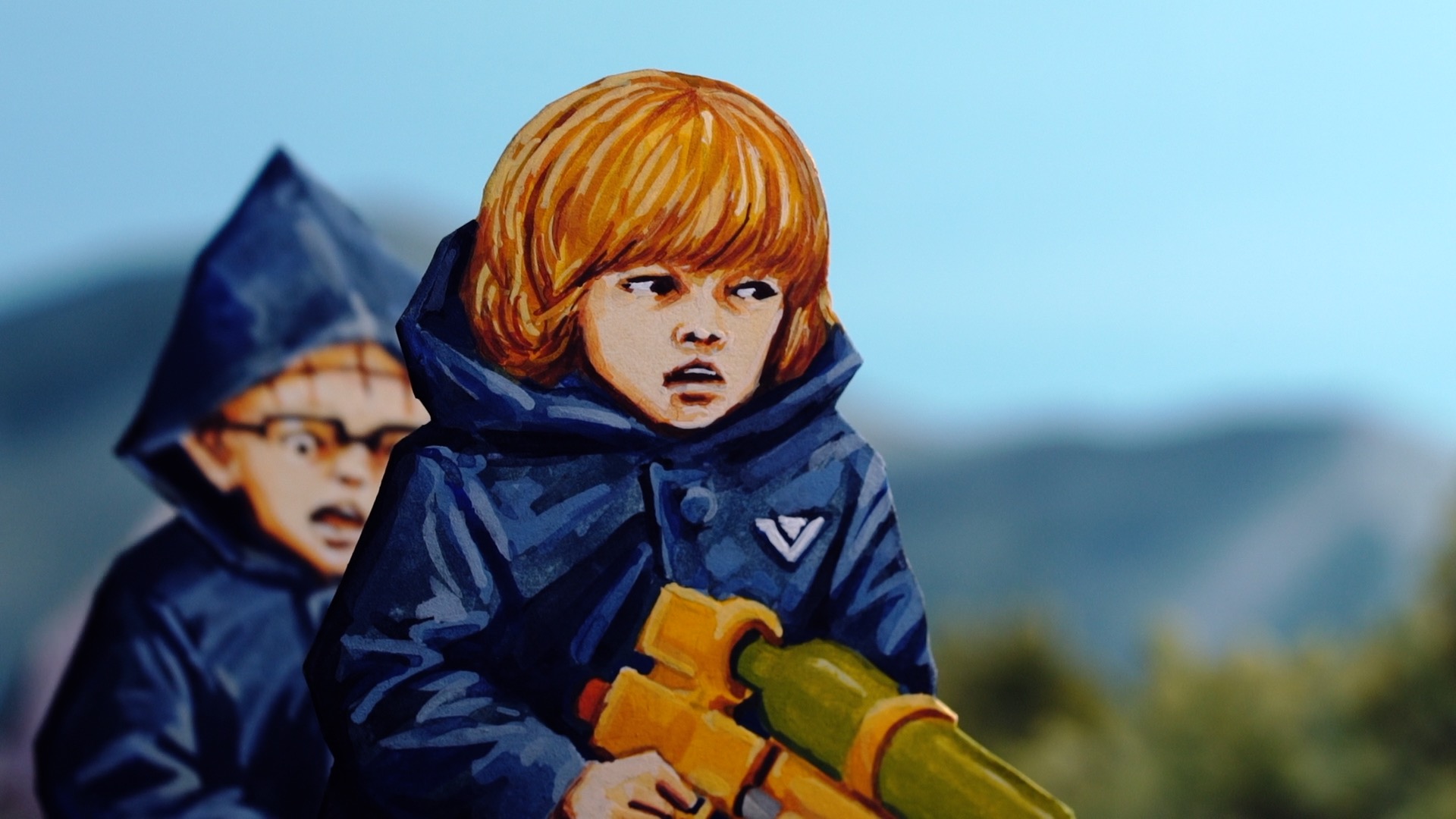
© 2021 Spectrum Films - All rights reserved
A process that had almost been forgotten and abandoned in animated films, gekimation returned to the spotlight thanks to two feature films shot in a little apartment in Kyoto by a director nicknamed Ujicha.
The filmmaker chose this pseudonym in reference to the green tea that is grown in the fields of Uji in Kyoto, where he hails from. After graduating from Kyoto Saga University of Arts, Ujicha started out by directing short films that he wrote, illustrated, filmed, and edited himself, using the concept of gekimation. Derived from the Japanese word gekiga, which describes manga aimed at adults, this style of animation dates back to the 1970s with the animated series Cat-Eyed Boy, adapted from Kazuo Umezu’s horror manga.
More heavily inspired by the techniques of kamishibai than by those of classic animation, gekimation is intended to be the film equivalent of this travelling paper theatre, in which stories are told by scrolling through illustrations in front of the viewers. For the cinema, the artist draws and cuts out silhouettes that he films like puppets being moved by hand in miniature settings. This is the form used to represent Ujicha’s gory, crazy universe perfectly, in the grotesque horror films The Burning Buddha Man (2013) and Violence Voyager (2018).
Extreme tales in naïve forms
With these two films, Ujicha asserts his status as the master of gekimation, being the only independent creator to successfully push the boundaries of this format. He shows that the animation technique he uses displays remarkable potential to tell troubling, visceral stories constructed around body horror. In The Burning Buddha Man, the first feature-length gekimation film that was awarded the Excellence Prize at the Japan Media Arts Festival in 2013, a young female college student is dragged into a nightmarish scheme and undertakes to avenge her parents, who have been killed. In Violence Voyager, two young boys stumble upon a secret theme park where they take the risk of engaging in a macabre game. These example plot summaries offer just a glimpse into the nature of the work of the director, who draws on his memories to take inspiration from things he experienced as a child.
His hybrid style of animation is the result of painstaking work, a combination of viscous liquids and cuttings of paper painted by hand. Each silhouette is unique, used for only one shot and surrounded by hundreds of accessories, which explains why the time required to make a film extends to over three years. Nevertheless, Ujicha continues to draw on this form of animation inspired by Japanese puppet theatre to create tales that are ever more violent, extreme, and absurd.
The Burning Buddha Man (2013) and Violence Voyager (2018), films directed by Ujicha, are distributed by Third Window Films.
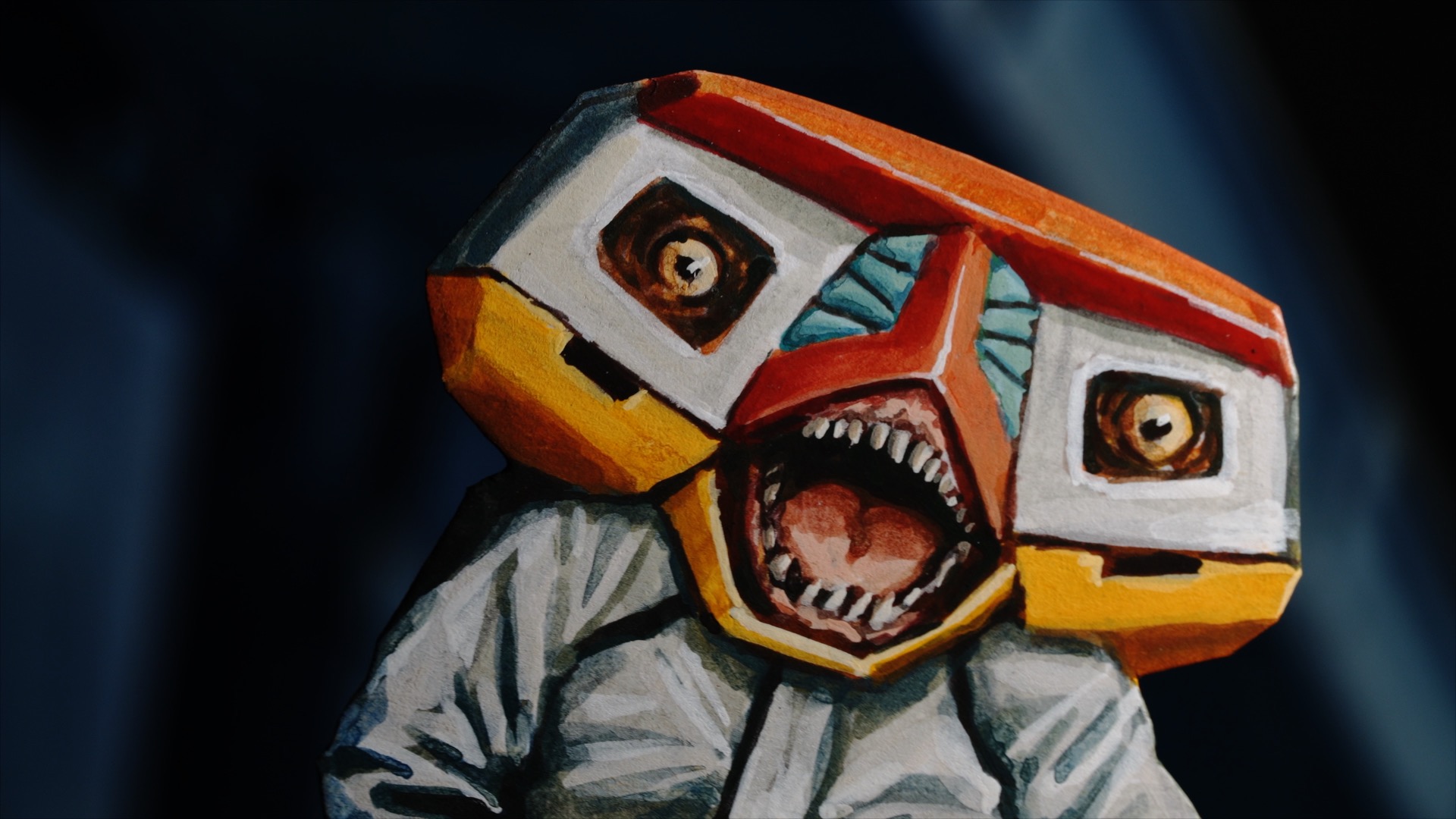
© 2021 Spectrum Films - All rights reserved
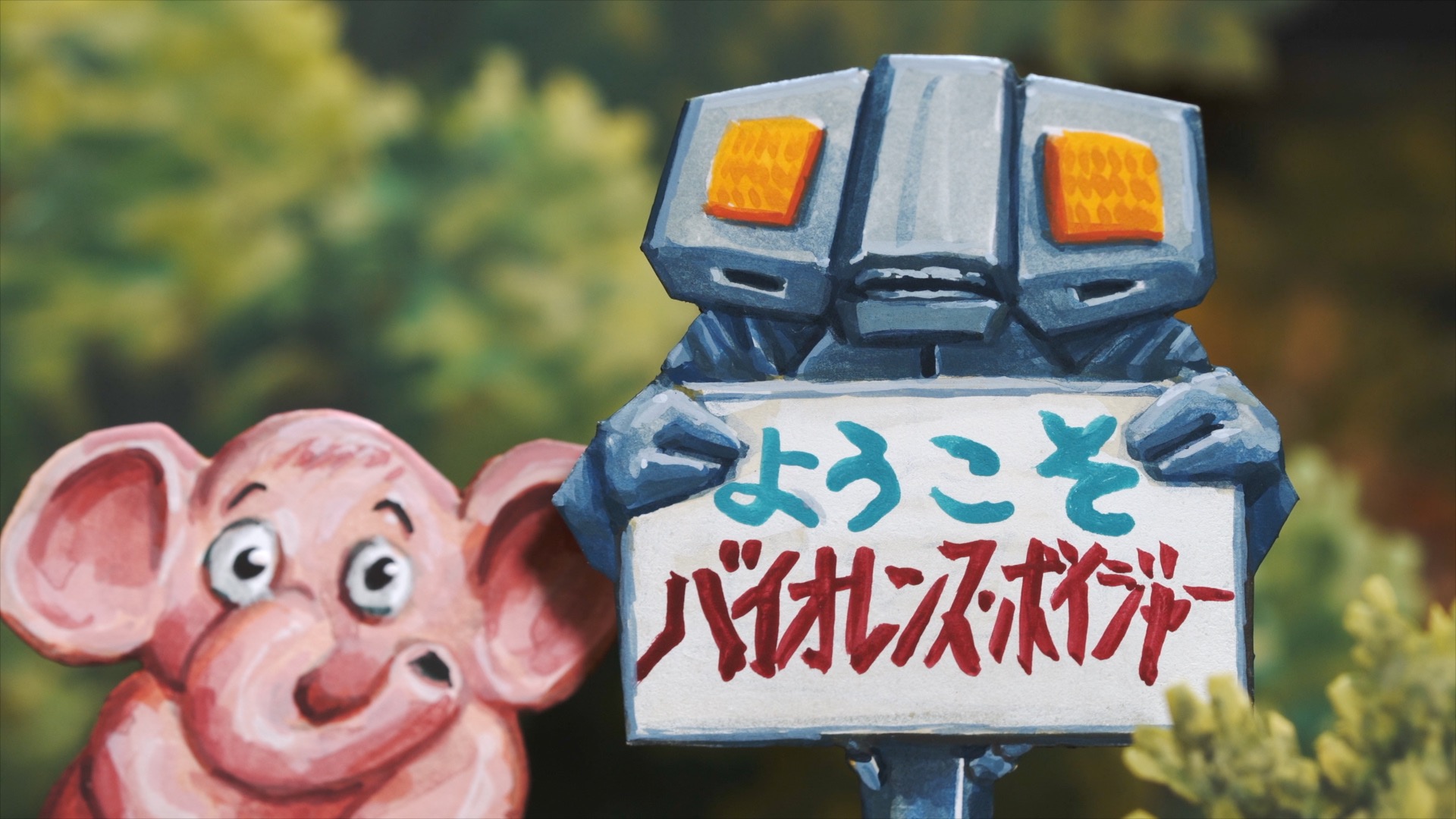
© 2021 Spectrum Films - All rights reserved
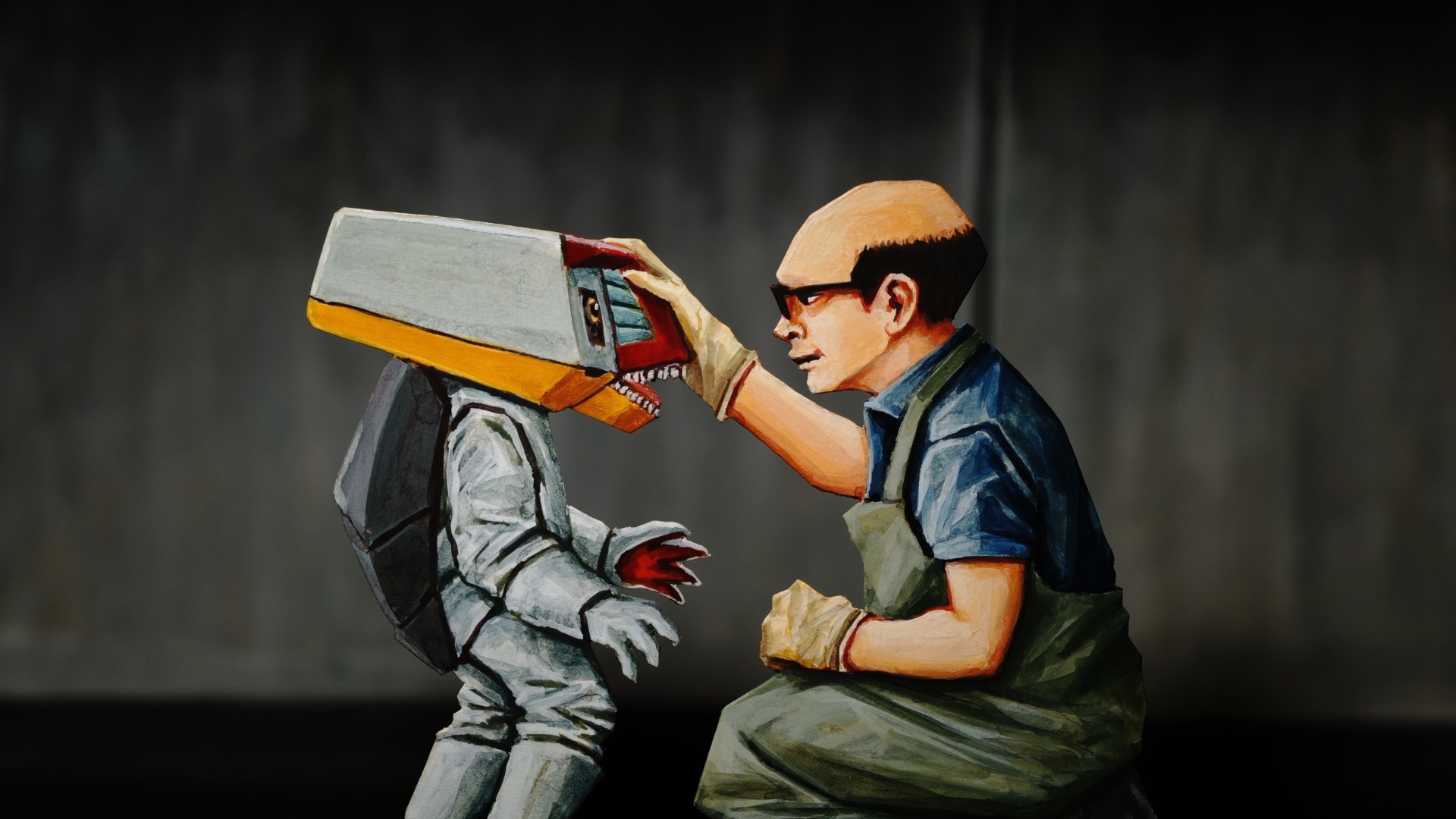
© 2021 Spectrum Films - All rights reserved
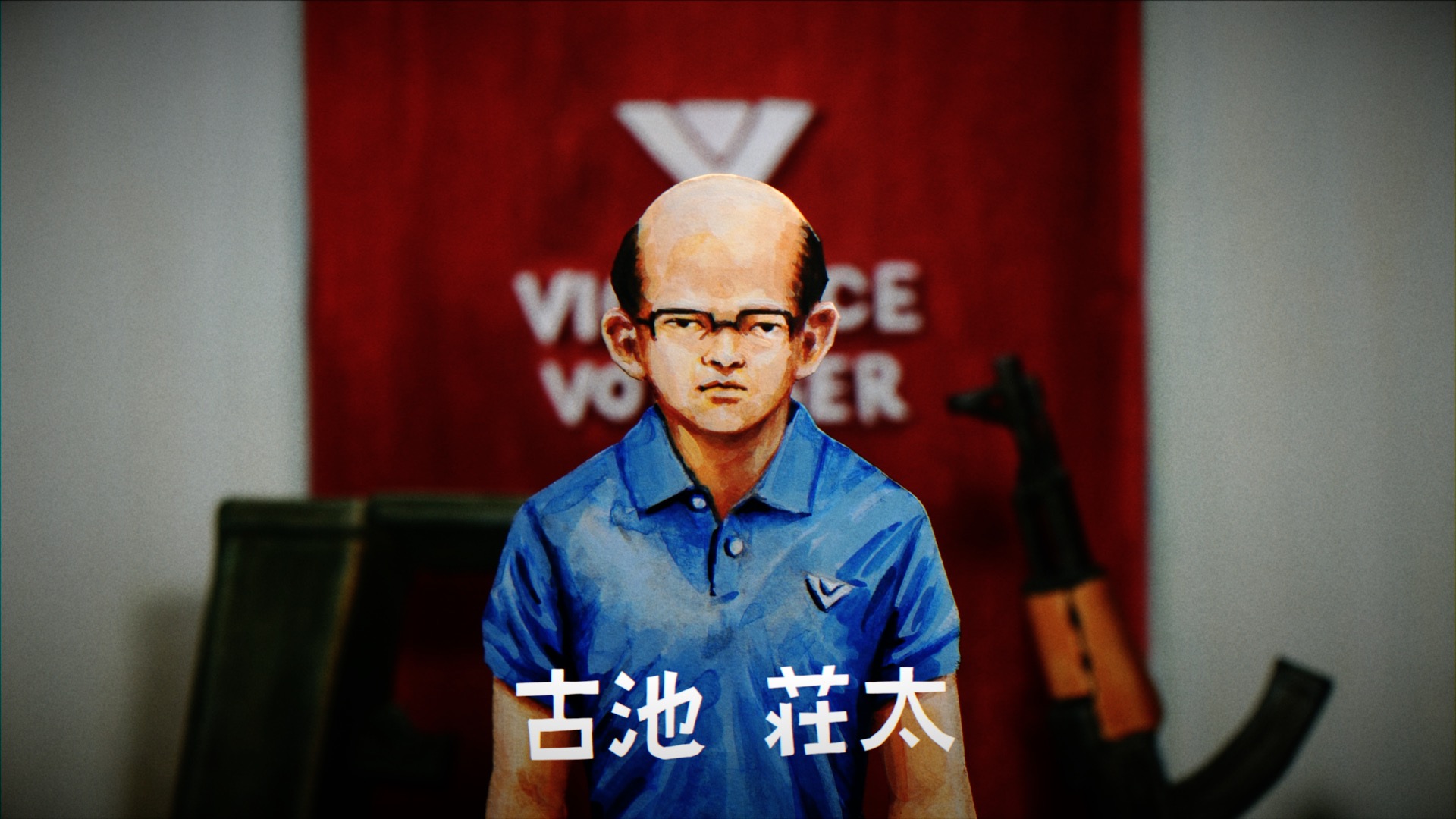
© 2021 Spectrum Films - All rights reserved
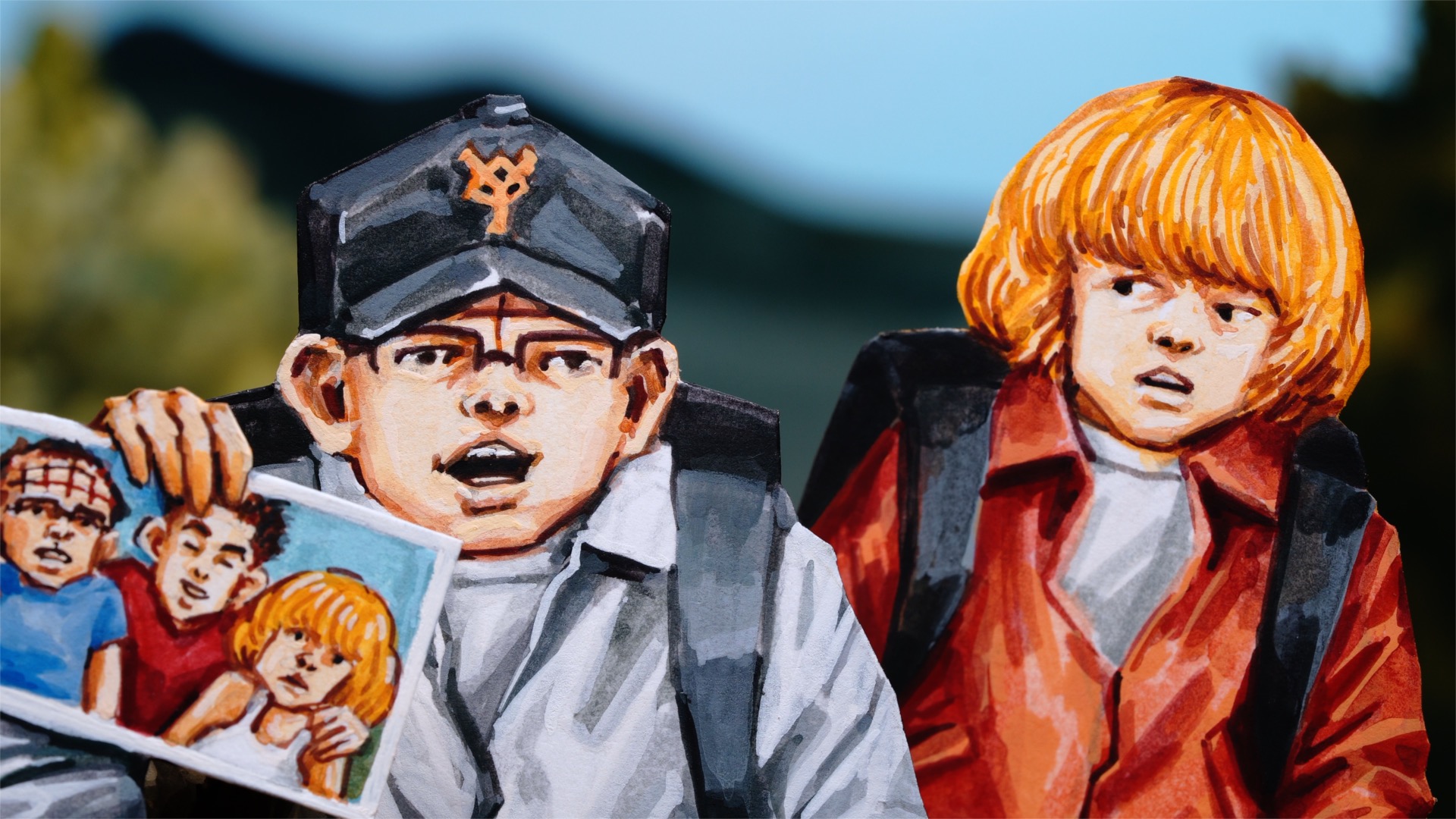
© 2021 Spectrum Films - All rights reserved
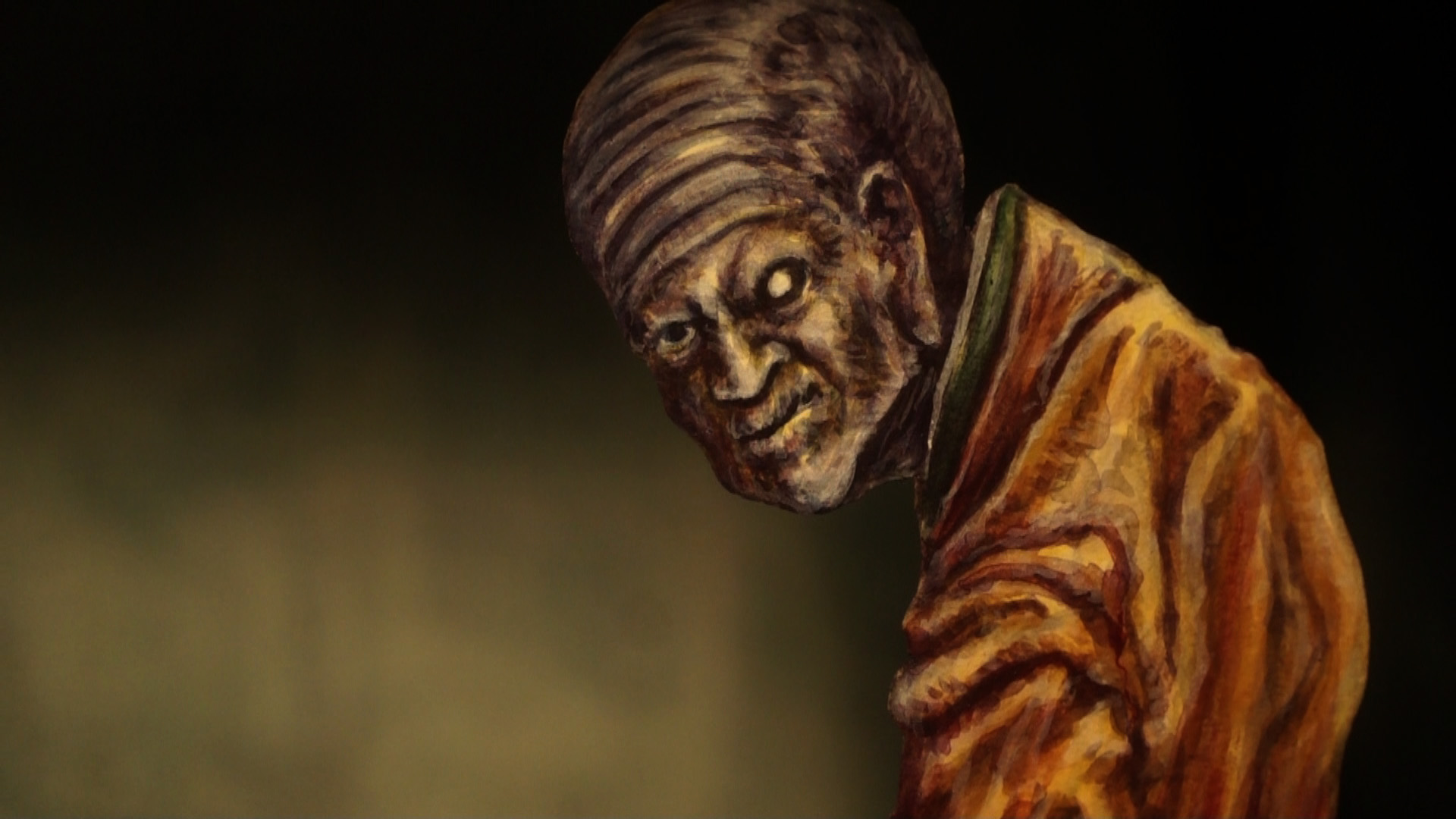
© 2021 Spectrum Films - All rights reserved
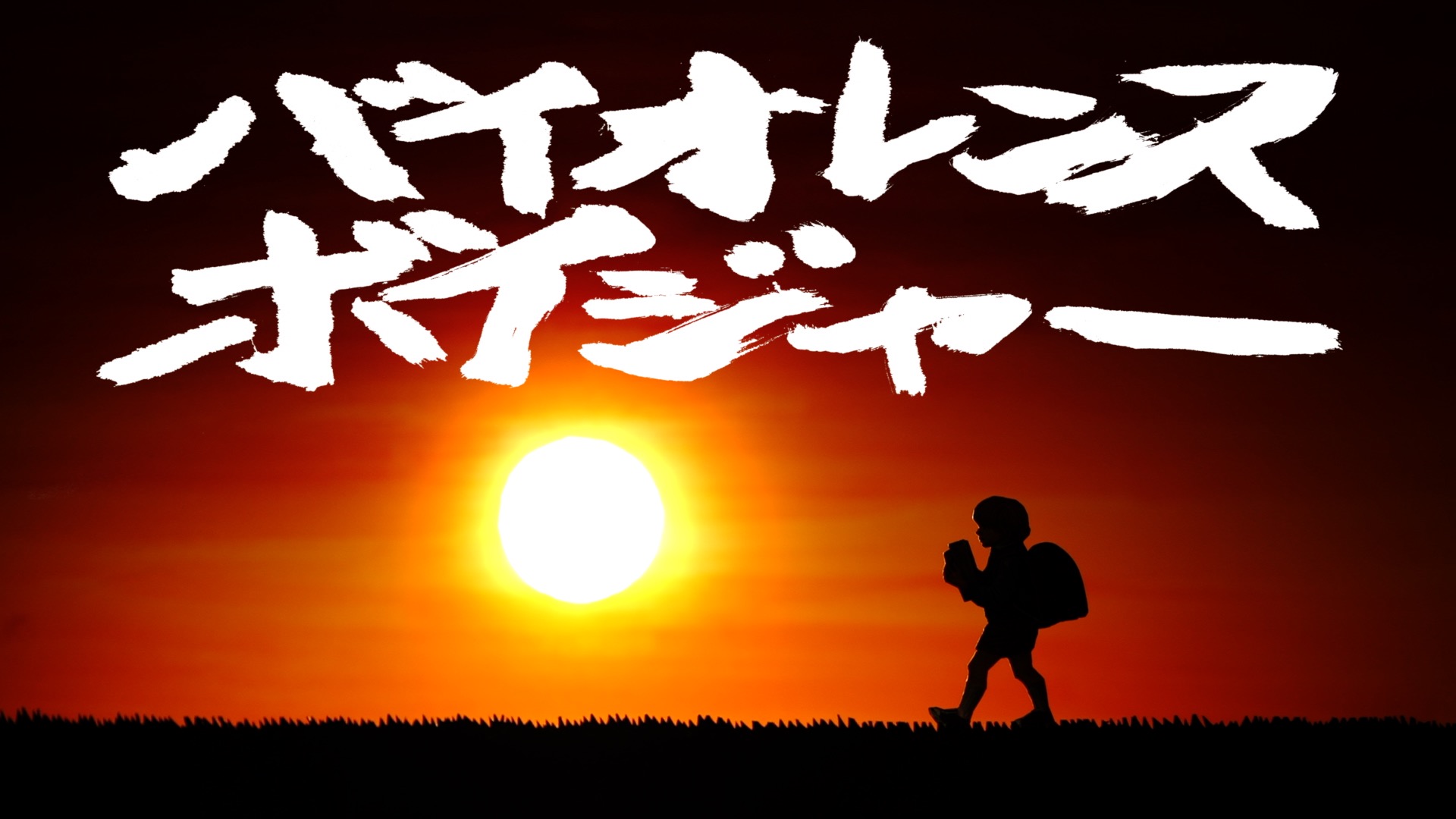
© 2021 Spectrum Films - All rights reserved
TRENDING
-
The Tattoos that Marked the Criminals of the Edo Period
Traditional tattoos were strong signifiers; murderers had head tattoos, while theft might result in an arm tattoo.

-
The Story of Sada Yacco, the Geisha who Bewitched Europe
Described by Dazed magazine as the first beauty influencer, she has been restored to her former glory since 2019.

-
Chiharu Shiota, Red Threads of the Soul
Last year, more than 660,000 people visited the retrospective 'Chiharu Shiota: The Soul Trembles' exhibit at the Mori Art Museum.

-
Japanese Left-field Pop From The CD Age, 1989-1996
‘Heisei No Oto’, a compilation of hidden gems in the unspoken depths of Japanese pop, reveal blissful moment of technological possibility.

-
‘Shojo Tsubaki’, A Freakshow
Underground manga artist Suehiro Maruo’s infamous masterpiece canonised a historical fascination towards the erotic-grotesque genre.


